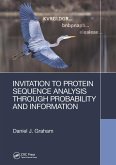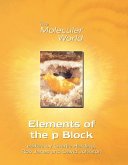The study of the electronic structure and optical properties of polyacene analogues and polycyclic aromatic hydrocarbons (PAHs) is essential for understanding their properties and potential applications in various fields. Density functional theory (DFT) has emerged as a powerful tool for the computational study of the ground and excited state properties of such systems. In this context, this paper, authored by R. Rakhi, explores the use of DFT for investigating the ground and excited state properties of polyacene analogues and PAHs. The electronic structure and optical properties of these systems are analyzed using various quantum chemical and molecular modeling techniques. The study includes an analysis of the energy levels, singlet and triplet states, HOMO-LUMO gap, fluorescence, phosphorescence, absorption and emission spectra, electronic transitions, molecular orbitals, conjugated systems, aromaticity, delocalization, and electron correlation. The paper also discusses the use of various exchange-correlation functionals and basis sets for geometry optimization and vibrational analysis, as well as the effects of solvation, polarizability, dipole moment, charge distribution, dipole-dipole interactions, van der Waals forces, and hydrogen bonding on the ground and excited state properties of polyacene analogues and PAHs. Excited state dynamics, including excited state lifetimes, non-radiative decay, intersystem crossing, spin-orbit coupling, and excited state reactions, are also investigated. The paper also explores the potential of these systems for photochemistry, excited state potential energy surfaces, excited state geometry, and spectroscopy. Finally, the study includes an analysis of excited state energy transfer and charge transfer and the use of excited state dynamics simulation. Overall, this paper sheds light on the fundamental aspects of polyacene analogues and PAHs and demonstrates the utility of DFT for the computational study of their ground and excited state properties. The findings of this study could have important implications for the development of new materials and technologies in various fields, including optoelectronics, organic electronics, and photonics.








